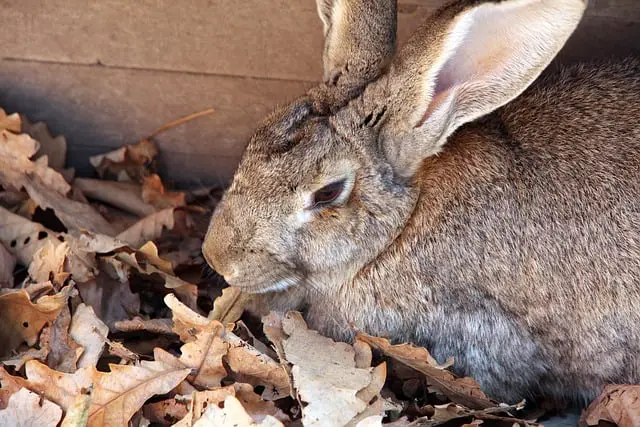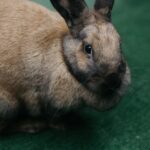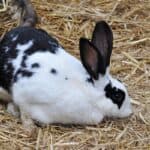
The giant rabbit stands out for its size and weight far from those usual for a rabbit. For this reason, before adopting a “maxi” model, it is necessary to carefully evaluate the availability of adequate space and sufficient time to ensure optimal well-being.
The giant rabbit is a breed of rabbit of greater size and weight than the traditional canons for this animal. Females of these “heavy” breeds are usually larger than males. They are lagomorphs, often confused with rodents, and feed mainly on hay and fresh grass.
These animals tend to grow a lot over the course of their life so it is good to take this into consideration.
They must be given adequate space and the time necessary for their health conditions to be optimal. Certainly as a choice of pets it is quite atypical and requires careful preliminary evaluation.
Giant rabbit: the different breeds
Giant rabbits can be part of different types of breeds, among which the Flanders is one of the best known. It is also the “heaviest” breed among the maxi ones for rabbits.
There are also giant specimens of ram rabbits, in addition to the mini size of dwarf ram rabbit . Among the specimens of the giant breed, that of the piebald rabbit is also widespread.
Giant rabbit of Flanders
One of the best known breeds is the Giant Rabbit of Flanders , characterized by long V-shaped ears and a typically rounded back shape. These specimens reach a length of at least 64 cm and have ears at least 16 cm long.
They have thick and soft fur and can weigh up to 10 kg on average. Some rabbits can even grow to around 20 kg in weight. With its considerable size, this specimen is part of one of the largest rabbit breeds in the world.
Although originally from Patagonia , he was later selected in the Flanders region from which it takes its name. Despite their considerable size, they are very docile and calm animals. but also particularly lazy. They are, in fact, lovers of rest and tend to spend a good part of their time lying down.
Ram rabbit
Among the heavy breeds of rabbits is also included that of the ram rabbit. This variety of domestic rabbit is characterized by hanging, non-mobile ears which give it a decidedly tender and melancholy appearance.
There are also varieties of small size together with the dwarf ram rabbit .
Even the giant variety has in common the particular docility and tranquility of character. The life expectancy of these specimens in optimal living conditions is between 8 and 10 years on average.
Giant piebald rabbit
The piebald rabbit is a large breed that derives from the Flemish one. Its name is due to the particular black markings on the sides. The fur is white and is thick and soft to the touch.
The weight of an adult specimen can exceed 5-6 kg.
Giant rabbit: the necessary care
Since these are animals that reach considerable size with growth, it is necessary to understand if you really have the possibility of raising it at home. For this it is necessary to take into account that you have the necessary space available.
The usual rabbit cages may be significantly insufficient for the growth of these large specimens. If you have a garden , you must provide a fenced accommodation to prevent the animal from being in danger.
Also not to be forgotten are any veterinary expenses to be paid in case of animal diseases. Therefore, it is important to identify a veterinarian who is experienced in taking care of these large lagomorphs.
Giant rabbit feeding
The rabbit is a strictly herbivorous animal . His diet, therefore, must include only plant foods, such as vegetables such as celery and carrot. However, hay must be the basis of the rabbit’s diet .
It is advisable to administer it in abundant quantities and making sure of the good quality of this staple food. You can always leave a ration available in the animal’s cage or in the area where it is usually placed. Fruit, on the other hand, should be administered in very small quantities because it is a source of sugars. Alternatively, there are already prepared feeds that make it possible to ensure the general health and well-being of this animal.
In the case of these giant specimens, the daily ration of food will certainly be higher than that of the smaller sizes. Furthermore, we must not forget to provide them with fresh and clean water every day to hydrate.






